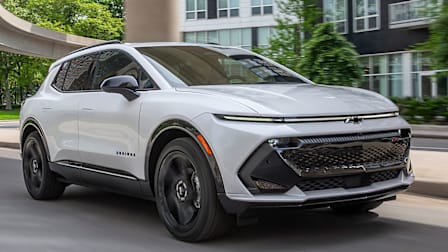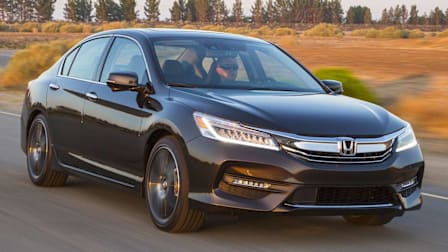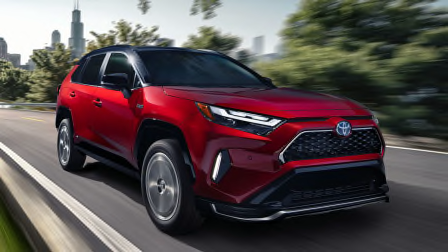First Drive: 2024 Volvo XC60 Recharge PHEV Makes the SUV Better With Batteries Included
It’s an EV if you plug it in. It’s a hybrid if you take a road trip. And it’s really, really fast if you floor it.
We recently added the plug-in hybrid (PHEV) version of Volvo’s XC60 SUV to our test program. Although Volvo hasn’t redesigned the XC60 two-row luxury SUV since 2018, we wanted to spend some time with the plug-in version as Consumer Reports looks to expand our coverage and testing of PHEVs.
We also plan to evaluate the Alfa Romeo Tonale, BMW 330e xDrive and X5 xDrive 50e, Ford Escape PHEV, Hyundai Tucson PHEV, Jeep Grand Cherokee 4xe, Kia Niro PHEV, Mazda CX90 PHEV, Mitsubishi Outlander PHEV, and Toyota Prius Prime.
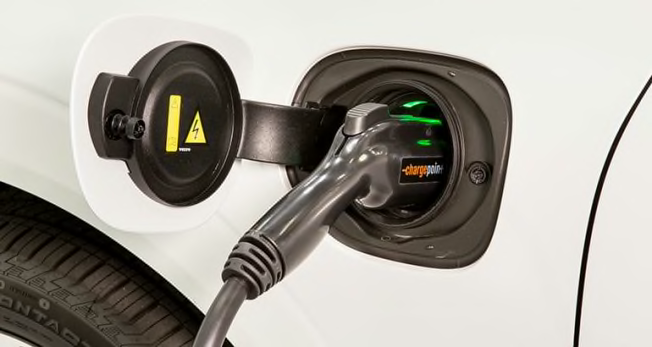
Photo: John Powers/Consumer Reports Photo: John Powers/Consumer Reports
The XC60 Recharge we purchased is the closest version to how they are commonly configured that we could find near CR’s Auto Test Center in Connecticut. The dealership where we purchased ours had several in stock in different colors, and they even took a few thousand dollars off the sticker price. Because the XC60 Recharge is built in Sweden, buyers will not qualify for a $7,500 federal tax credit on EVs and PHEVs—but thanks to a quirk in the law, you could get those savings if you lease it instead.
If you’re a Consumer Reports member, you can read more about our initial assessment of the new XC60 Recharge below. We’re currently logging 2,000 initial break-in miles before we send it through more than 50 tests at our test track and facility, including those that evaluate acceleration, braking, fuel economy, handling, car-seat fit, and controls. CR members will get access to the full road test results and CR’s Overall Score as soon as they’re available. They’ll also be able to learn about other PHEVs, EVs, and hybrids as we test them.
If you haven’t signed up yet, click below and become a member to access this full article and all our exclusive ratings and reviews for each vehicle we buy and test. Joining also gives you full access to exclusive ratings for the other products our experts evaluate in several categories, including electronics and home appliances.
Sign up for CR’s Cars email newsletter to be notified when we post our latest road test results.

















